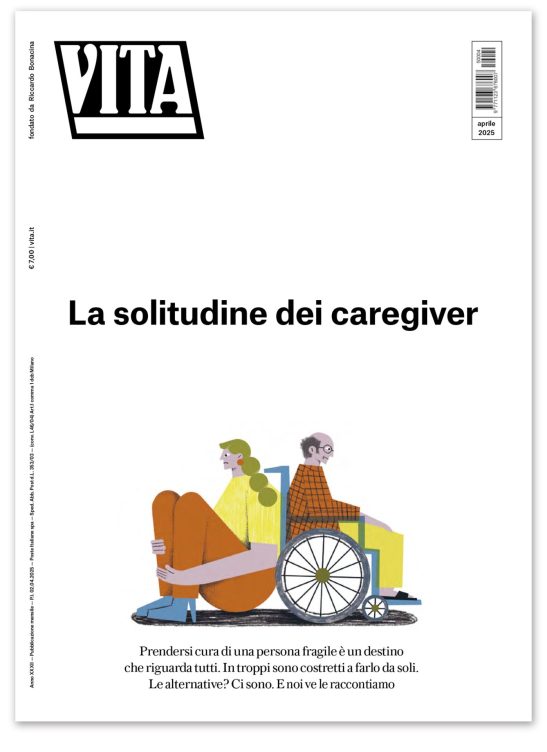Non profit
Spain: Take from the rich to give to the poor
Ariane Arpa and Jaume Clupès give their take on the impact the economic crisis is having on the third sector
The number of poor people in Spain increased by 1 million in just two years between 2007 and 2009. These are the figures that emerge from a study conducted by the catholic NGO, Caritas. In other words, at the beginning of this year 22.7% of the population lived in poverty. And perhaps the key to understanding the Spanish economic crisis lies in these numbers which leave very little maneuvering space for Josè Luis Rodriguez Zapatero. Faced by a triple crisis ? property, financial and economic ? since 2007, the Prime Minister launched an anti-crisis measure in May to cut 15 billion euros out of the budgets for 2010 and 2011. Who will pay the price? Public servants who will see their wages cut by 5% in 2010 and then frozen in 2011. But wage cuts will affect the private sector as well: on June 16 Zapatero approved a labour market reform that will enable businesses to fire their workers a lot more easily or to reduce their hours by up to 70%. Experts predict that the 4.6 million unemployed people registered in the first three months of 2010 will increase. For the first time since 1994 a general strike was announced by trade unions.
Voices from the field:
Ariane Arpa, director of Intermòn Oxfam. Robin Hood measures are needed to ensure that the poor don’t end up paying for mistakes made by the rich, she says after the government announced its public spending cuts in May. Read more …
Jaume Clupès, president of the Spanish Federation of child care and education organisations, Fedaia. Spain’s economic crisis poses challenges to the sector but civil society is much stronger than 15 years ago and offers a wealth of economic and social opportunities. Read more …
17 centesimi al giorno sono troppi?
Poco più di un euro a settimana, un caffè al bar o forse meno. 60 euro l’anno per tutti i contenuti di VITA, gli articoli online senza pubblicità, i magazine, le newsletter, i podcast, le infografiche e i libri digitali. Ma soprattutto per aiutarci a raccontare il sociale con sempre maggiore forza e incisività.
